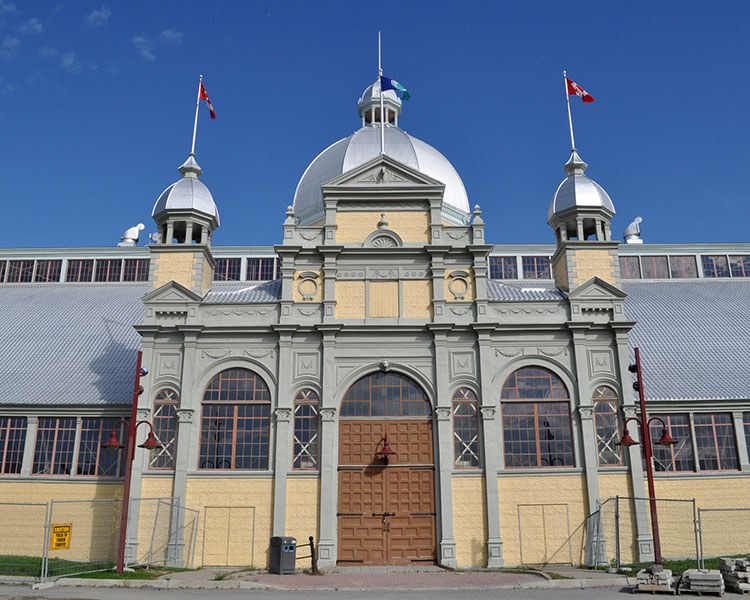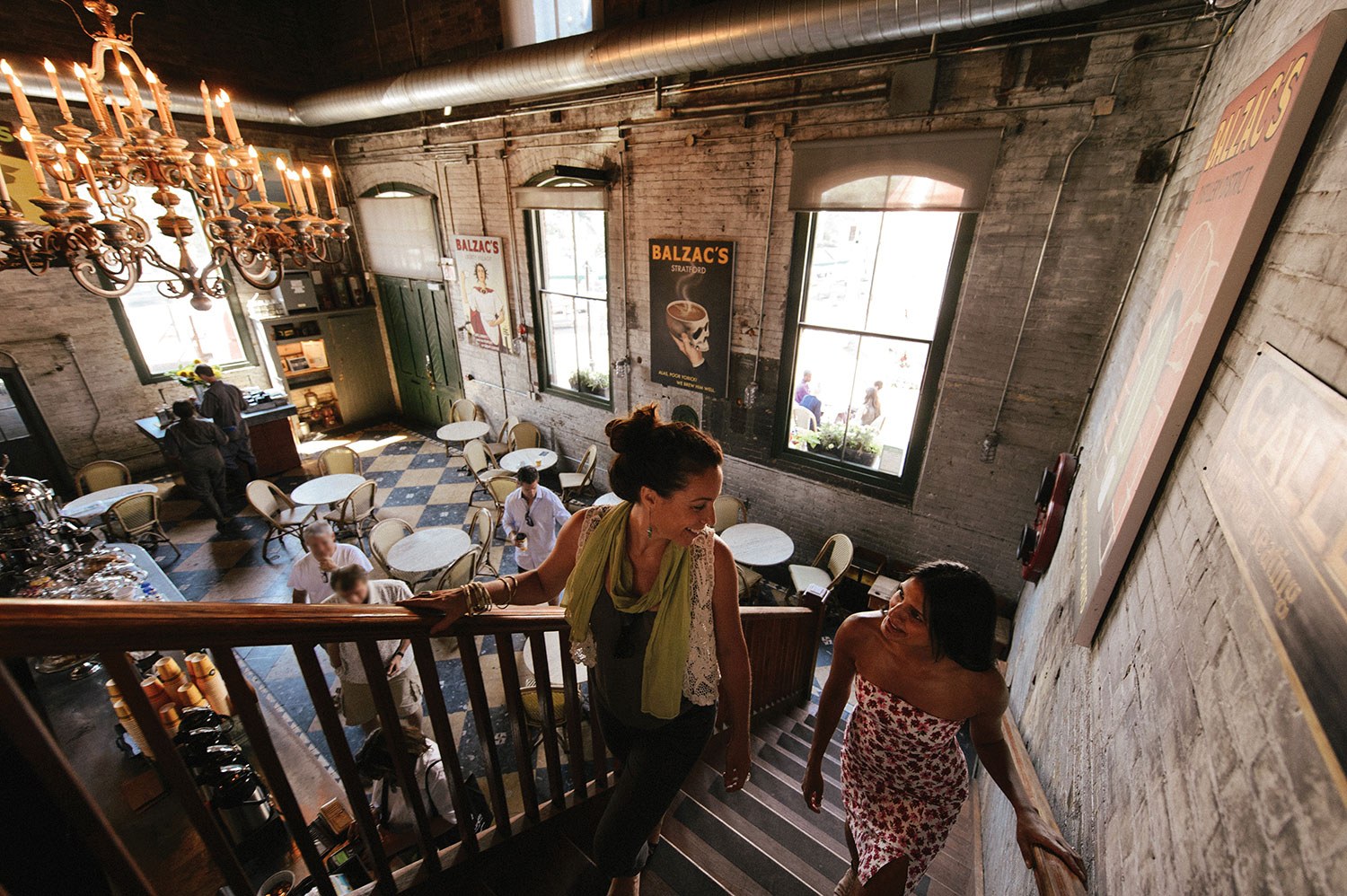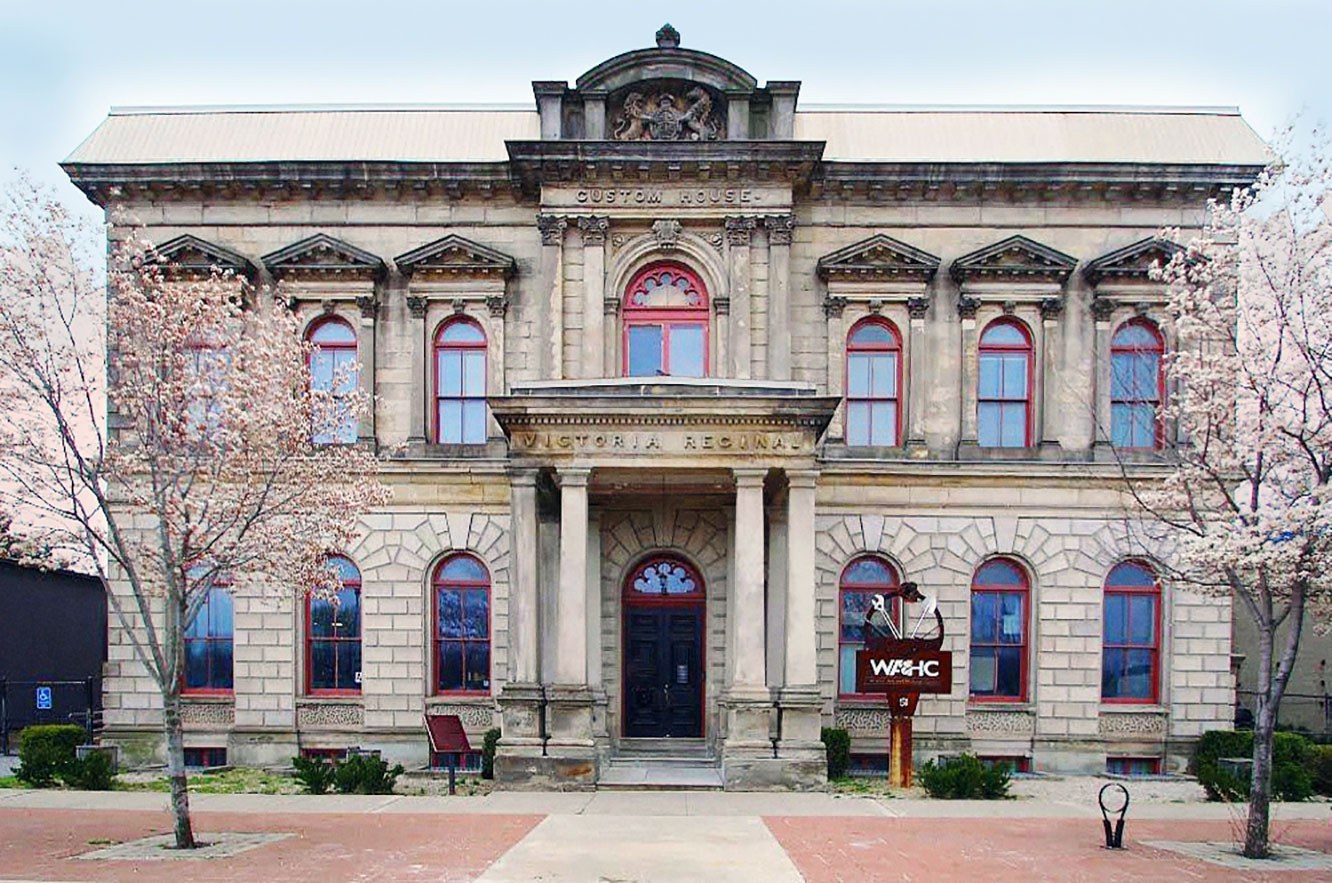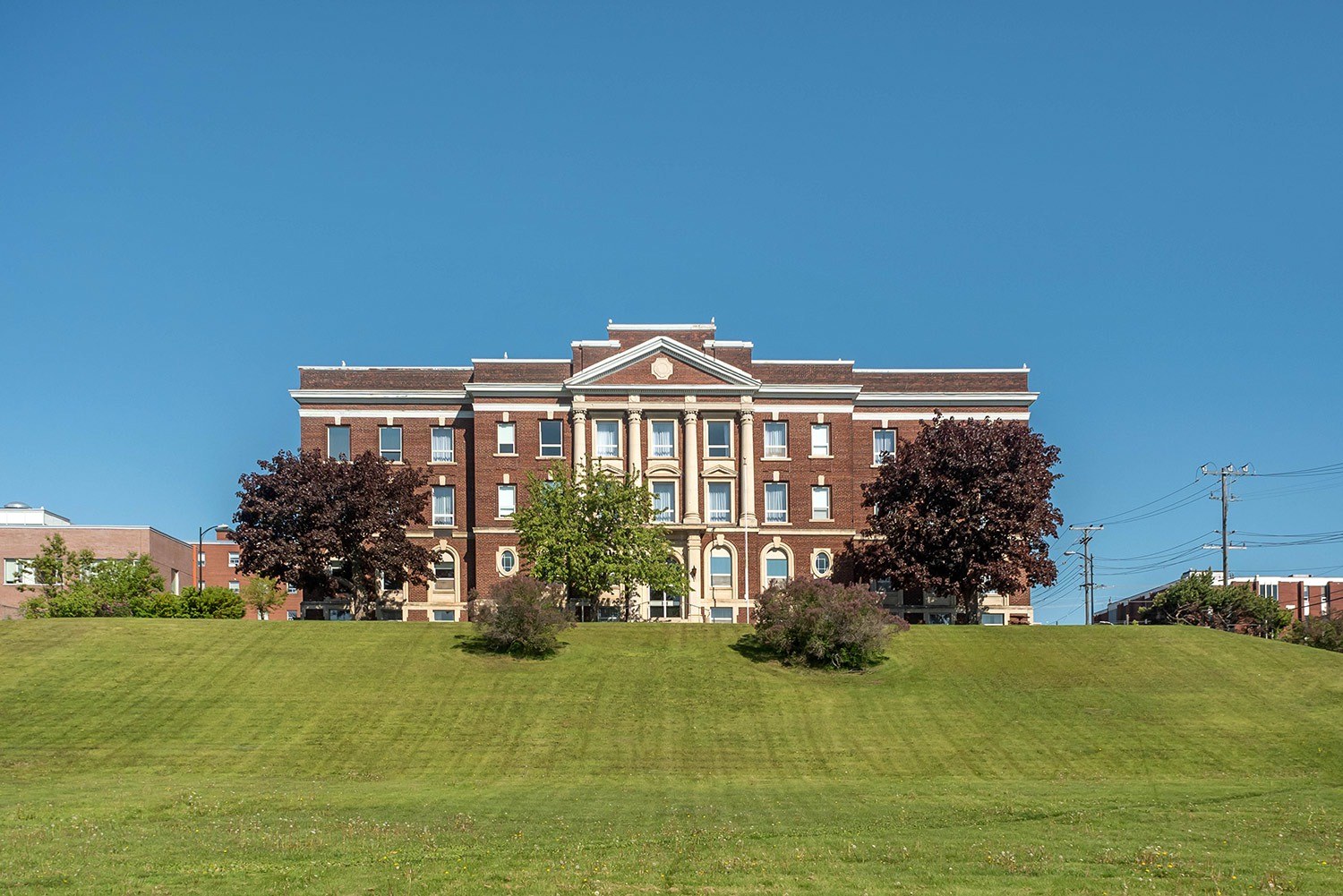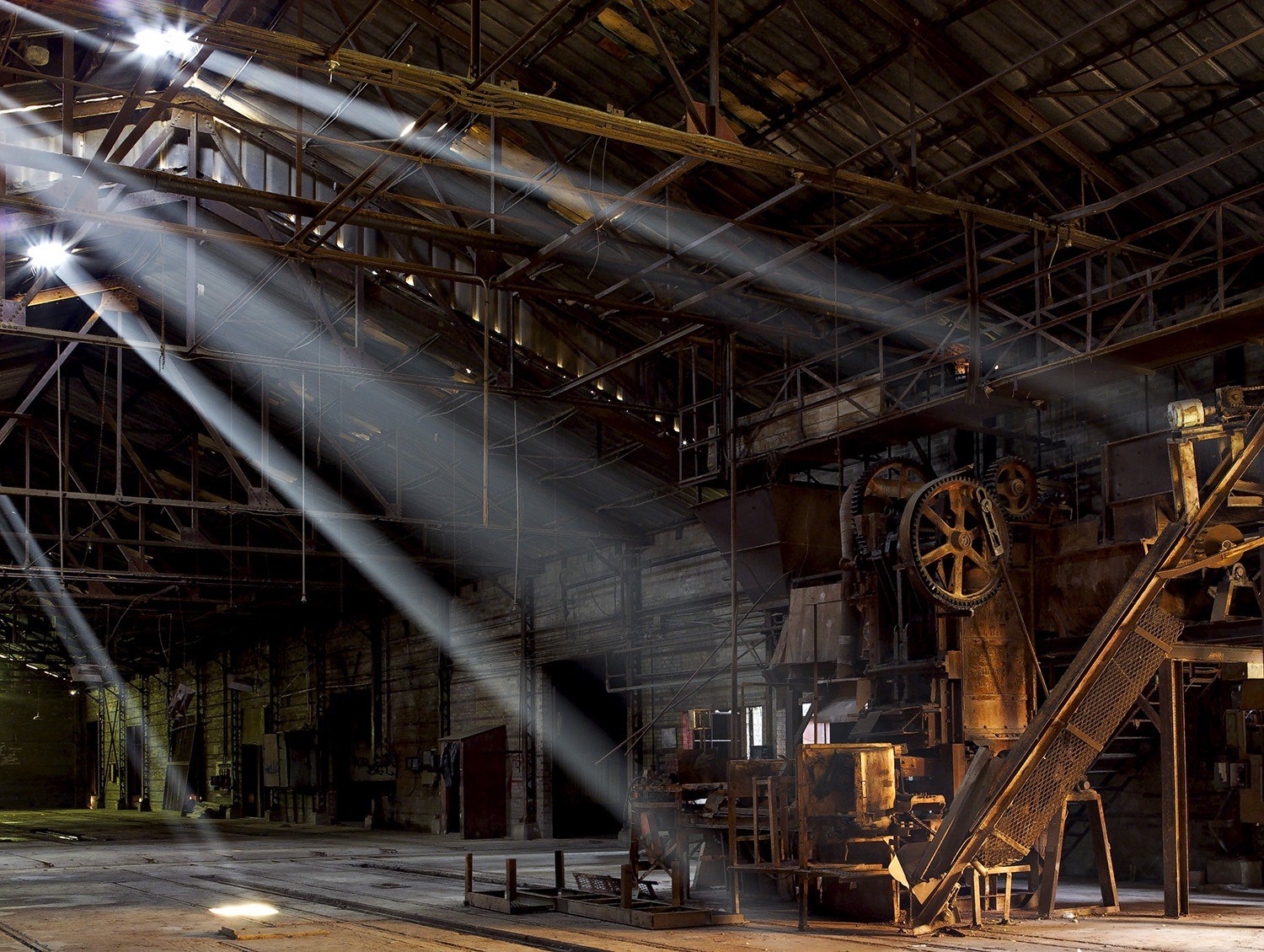Adaptive reuse case studies: Aberdeen Pavilion (Ottawa)
Street address: 1015 Bank Street
Year built: 1898
Builder: Moses Chamberlain Edey
Original purpose: Built in 1898 for the Central Canada Exhibition Association, this building was named after Governor General, The Earl of Aberdeen. It is the oldest surviving Canadian example of a large-scale exhibition building and the only one surviving from the 19th century. Inside, it features 4,000 square metres (42,000 square feet) of exhibit space. The Aberdeen Pavilion was designated a National Historic Site in 1983 and then, in 1996, the Ontario Heritage Trust secured a heritage conservation easement to conserve the property.
Adaptive reuse: By late 1986, the site’s condition had deteriorated to such an extent that the building was condemned. It finally closed to the public in October 1987. Heritage Ottawa garnered support for this local landmark and convinced a reluctant city Council to approve a restoration budget and bring the Aberdeen Pavilion back to life. The beautifully restored site was reopened on June 24, 1994 to great ceremony. Today, it serves many purposes, including exhibition space, specialty markets and even an indoor skate park.
Adapted by: Julian Smith & Associates, Architects
Links:

